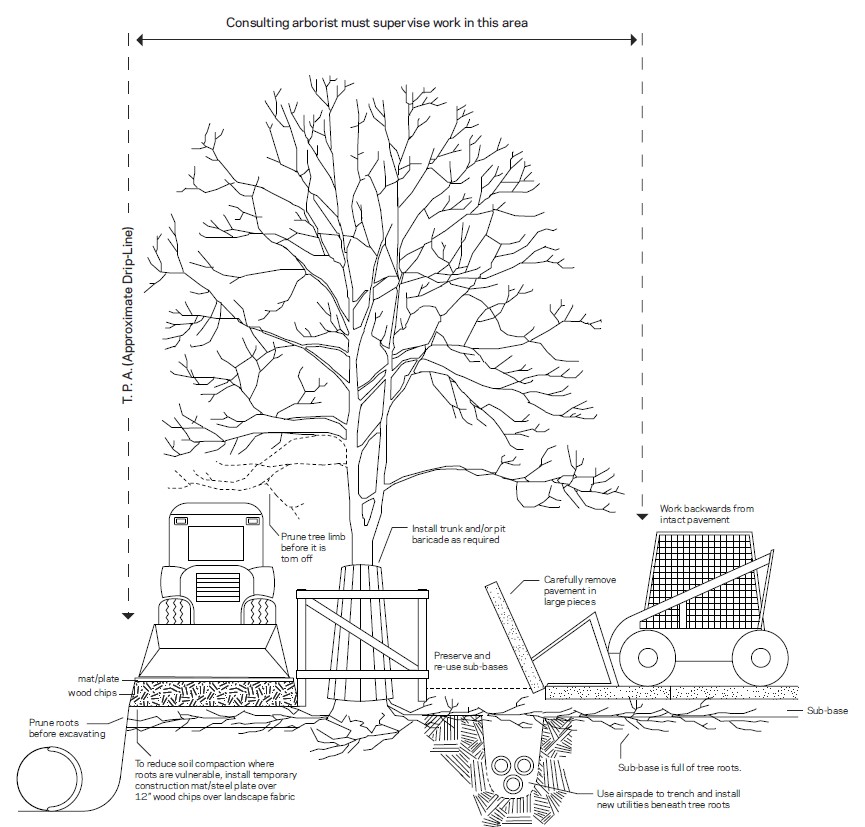
Harmony with Nature: Embracing Sustainable Tree Preservation Practices
Trees, the silent giants of nature, play a vital role in our ecosystem. Embracing sustainable tree preservation practices is not only an environmental responsibility but a commitment to ensuring a healthy and thriving planet. Let’s delve into the significance of these practices and how they contribute to the well-being of our green companions.
Link to Tree Preservation Practices
For those passionate about preserving the majestic trees that grace our landscapes, incorporating sustainable tree preservation practices is crucial. Explore effective methods with Tree Preservation Practices to contribute to the longevity and health of our cherished arboreal friends.
Understanding the Importance of Tree Preservation
Before delving into specific practices, it’s essential to understand why tree preservation is so critical. Trees provide oxygen, absorb carbon dioxide, offer habitat for wildlife, and contribute to the overall well-being of the environment. Sustainable tree preservation ensures the longevity of these benefits and maintains the delicate balance of our ecosystems.
Proactive Measures for Tree Health and Longevity
Sustainable tree preservation practices are proactive measures aimed at enhancing the health and longevity of trees. This includes regular tree inspections, soil analysis, and proper care to identify and address potential issues before they escalate. By adopting these measures, individuals contribute to a healthier urban and natural environment.
Pruning Techniques for Optimal Growth
Pruning is a fundamental aspect of sustainable tree care. Utilizing proper pruning techniques ensures optimal growth and structure. Regular pruning removes dead or diseased branches, improves air circulation, and enhances the overall aesthetics of the tree. This practice not only supports the tree’s health but also reduces the risk of falling branches.
Mulching for Soil Health and Moisture Retention
Mulching is a sustainable practice that benefits both the tree and the surrounding soil. Mulch helps retain moisture, suppress weeds, and regulate soil temperature. Additionally, as organic mulch breaks down, it enriches the soil with essential nutrients. This simple yet effective practice supports the overall well-being of trees and promotes a thriving ecosystem.
Preserving Natural Habitat for Wildlife
Trees serve as natural habitats for a variety of wildlife. Sustainable tree preservation practices include efforts to maintain and enhance these habitats. This may involve leaving deadwood in place, providing nesting opportunities, and planting native species that attract and sustain local fauna. By preserving natural habitats, individuals contribute to biodiversity conservation.
Balancing Urban Development with Tree Preservation
As urban areas expand, finding a balance between development and tree preservation becomes crucial. Sustainable practices involve incorporating green spaces into urban planning, protecting existing trees during construction, and implementing strategies to mitigate the environmental impact of urbanization. This balance ensures that cities remain vibrant, green, and sustainable.
Water Management for Tree Health
Proper water management is vital for tree health. Sustainable tree preservation practices include efficient irrigation methods, avoiding overwatering, and addressing drainage issues. These measures prevent waterlogged soil, root rot, and other water-related stressors that can impact the health of trees. Strategic water management supports the resilience of trees in changing environmental conditions.
Integrated Pest Management Strategies
Trees are susceptible to various pests and diseases. Sustainable tree preservation involves adopting integrated pest management (IPM) strategies that prioritize non-chemical approaches. This may include introducing beneficial insects, practicing tree diversity, and using organic methods to control pests. IPM ensures the health of trees without harming the environment.
Community Involvement and Education
Finally, sustainable tree preservation practices extend beyond individual efforts to community involvement and education. Raising awareness about the importance of trees, organizing tree planting events, and fostering a sense of community responsibility contribute to a culture of tree preservation. By educating and involving the community, sustainable practices become a collective effort.
Conclusion: Cultivating a Legacy of Green Resilience
In conclusion, embracing sustainable tree preservation practices is a commitment to cultivating a legacy of green resilience. From proactive measures for tree health to balancing urban development, each practice contributes to the well-being of our arboreal companions. By adopting these sustainable practices and encouraging community involvement, individuals play a vital role in ensuring that future generations can continue to benefit from the countless gifts that trees bestow upon our planet.
